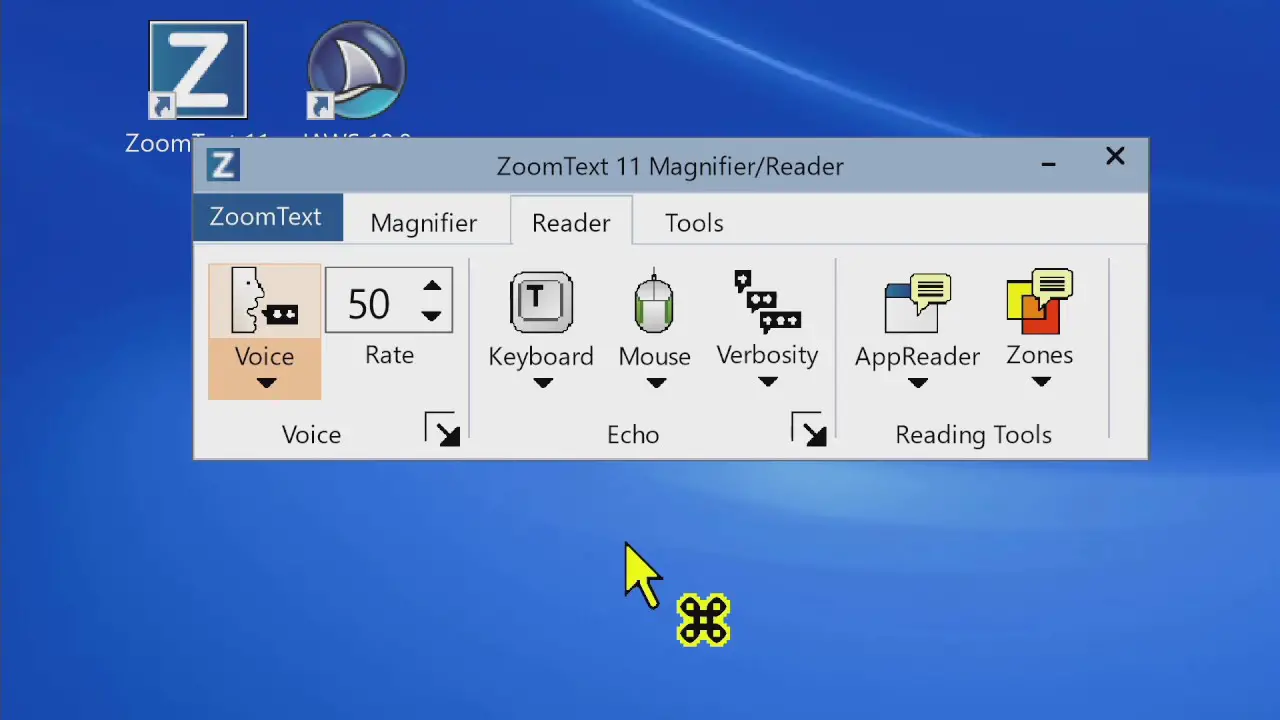

Level 1 allows the user to manipula te the size and color of these features. Low vision users often have a very difficult time keeping track of the cursor or mouse pointer. For example, it can be very difficult to see the mouse pointer when trying to scroll down in a document when using the scroll bar. This is helpful when one area of the screen nee ds to be monitored more than the entire screen. Zoom Windows allows the user to define specific parts of the screen to be magnified. Magnification levels can be adjusted from 2 to 16 times the size of the normal presentation of the computer monitor.Īs the size of screen presentation increases, there is a tendency for text and graphics to, "break up." Edge smoothing greatly redu ces this break up. The following section includes some of the major adjustments along with a brief explanation of their functions. Users can adjust the degree of magnification and other screen features. The need for sophistication in a screen magnification program is essential if it is to meet the needs of a wide variety of degrees o f visual impairment. This level works in both Windows 3.1 and Windows 95.

Level 1 is a complete and sophisticated screen magnification program. Two levels are reviewed here the third, which is the OCR component, will be made available in 1998. Each level progresses to meet the needs of a broader us er population. ZoomText Xtra is comprised of three product levels. It was specifically designed for access to Microsoft Windows appl ications and documents. ZoomText Xtra is a software program that was developed by AI Squared and is comprised of three components: screen magnification, scr een reading and scanning with OCR (Optical Character Recognition). Information technology, and adaptive technology in particular, is changing in two important ways: costs are dropping as products become increasingly sophisticated.

The user would need to have screen magnification, a speech synthesizer and a scre en reader. Until recently, in order to use both technologies simultaneously, it was necessary to u se three different hardware or software utilities. The same holds true for synthesized speech. For many visually impaired and learning disabilities individuals, screen magnification has unlocked the door to computer access.


 0 kommentar(er)
0 kommentar(er)
